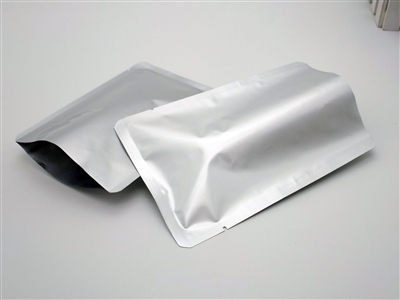
With the development of society, plastic has become an indispensable part of our daily life, but it has also brought increasingly serious environmental problems. When discussing packaging pollution solutions, reuse is mentioned more and more. The reuse model not only has significant advantages in terms of environmental sustainability, but also brings long-term positive growth momentum to the economic system. But recently, the re-use program seems to be "damaged"?
As early as 2022, there were news reports that the hotel was fined for "re-using" disposable slippers. Beijing Association for Science and Technology New media also issued an article reminding that there are huge security risks in the use of mineral water and beverage bottles. At the same time, the CDC is also reminding people not to use disposable medical masks repeatedly, and spraying disinfectants such as medical alcohol to sterilize disposable masks can make them less effective.
All of these reuse cases were denied. Is it because the reuse scheme itself is wrong? No, it's the wrong material!
The vast majority of plastic products, especially a large number of disposable use, after the use of the plastic material itself has not changed much, so it is entirely possible to recycle the appropriate method to reprocess into plastic products and then use again. This is the correct way to open plastic packaging for reuse.
Disposable products themselves do not have the conditions for reuse, and their materials and structures may not be able to withstand the test of multiple uses. The repeated use of disposable products not only can not reduce the protection of plastics to the environment, but also the long-term use of disposable products may produce harmful substances and damage health.
There is an essential difference between the reuse mode and the one-time use, and the environmental and economic benefits of the two are obviously different. In terms of the environment, reusable items cause less pollution and harm to the environment because of their special design, and the longer product life helps to alleviate the problem of resource shortage. At the same time, the promotion of repeated patterns can also reduce the generation of garbage and waste. On the economic front, reuse models show long-term cost benefits and create more jobs in areas such as product maintenance, repair and remanufacturing, injecting new impetus to socio-economic growth.
In the specific implementation of plastic packaging reuse, both at home and abroad are in depth exploration.
In order to achieve sustainable transportation of retail products, some regions have adopted reusable crate return systems (SRS), such as SRS Sweden's Crate, which allows goods to be easily transported to retail outlets through standardized pallet and crate designs. Once the goods arrive and are unloaded by the retailer, the pallets and crates are returned to the wholesaler. The pallets and crates are then inspected and cleaned before being put back into use. This circular process effectively reduces packaging waste while making a positive contribution to sustainable transport.
Some domestic packaging plants are gradually using reusable plastic coaming boxes to replace corrugated boxes as transportation packaging, especially in the field of paper boxes and plastic hoses. These coaming boxes can not only be used repeatedly, thus reducing the cost of carton packaging, but also have excellent protective properties, especially suitable for some demanding automated packaging applications.
In short, reuse is the key way to solve plastic pollution, in the future, the government, enterprises, the masses need to work together to promote the practice of reuse of plastic, in order to reduce plastic waste and carbon emissions, while creating new economic growth points. Let us act together to make reuse a part of life and contribute to the environment, climate and future.